Genocide, the pain that never goes away
Due to tribal conflicts in Rwanda for about 100 days from April 5 to mid-July in 1994, 1,174,000 people were massacred while around 2.4 million out of 8.14 million people were evacuated to neighboring countries, according to the statistics of the Rwandan government. In the meantime, amid worsening civil wars in Burundi and the Democratic Republic of Congo (formerly: Zaire), 200,000 Rwandan refugees who were trying to go back to their country from the Democratic Republic of Congo were missing, which led to the worst violation of human rights where Rwandan refugees were massacred even in neighboring countries.
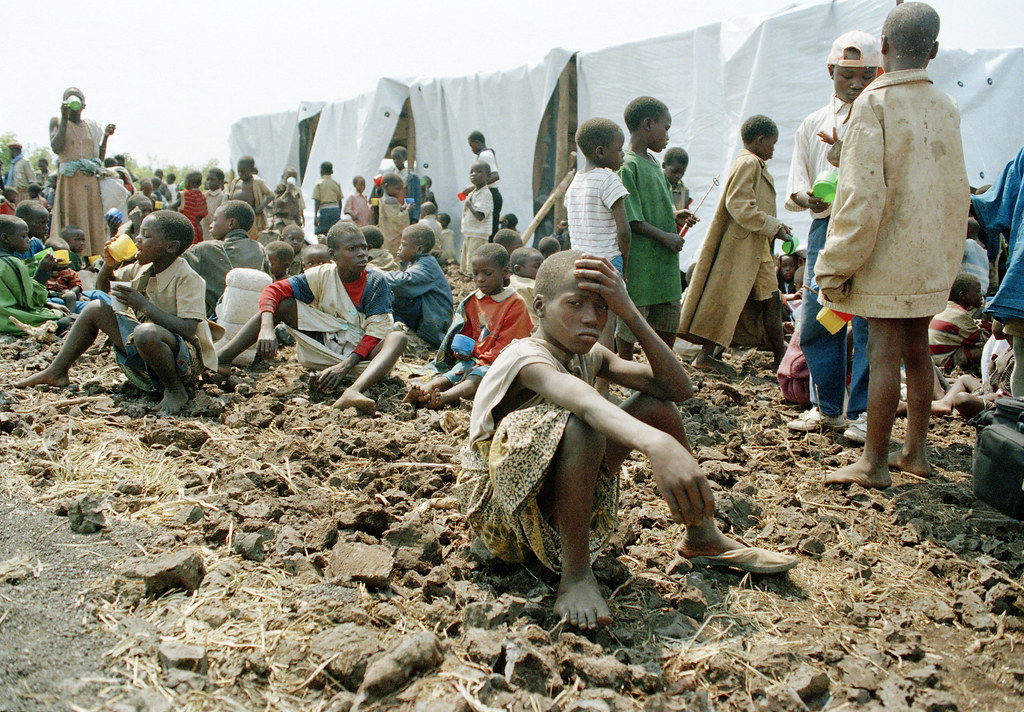
[ Rwanda children who have lost their parents at a refugee camp in the Democratic Republic of Congo (formerly Zaire). (Photo source: United Nations Assistance Mission for Rwanda) ]
After around 30 years, internal situations were quite eased. However, many Rwanda people have lost their foundation for living due to refugee life and they are suffering from severe poverty due to lack of education and technical trainings.
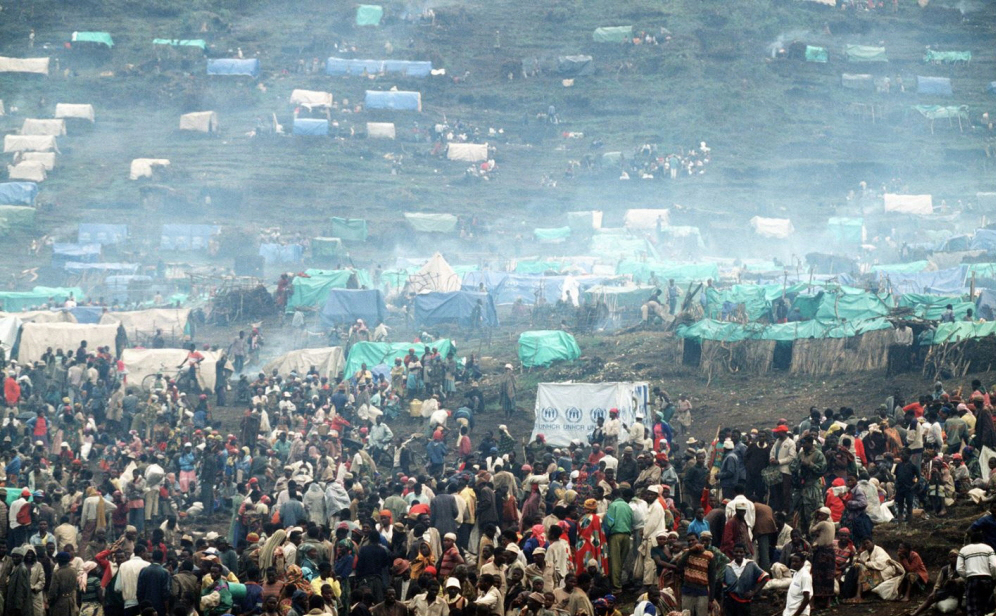
[ During the Rwandan genocide, a lot of Rwanda people were evacuated to the Democratic Republic of Congo (formerly Zaire). (Photo source: The U.S. National Archives). (Photo source : The U.S.National Archives) ]
“Scratches out of fear” still remain in houses
In suburbs, you can still see many of the houses with the doors and windows sealed. This is what people living there did out of fear that armed soldiers could break into their houses. Having no sunshine coming through the windows makes the houses too dark, airless and stuffy like an underground prison.
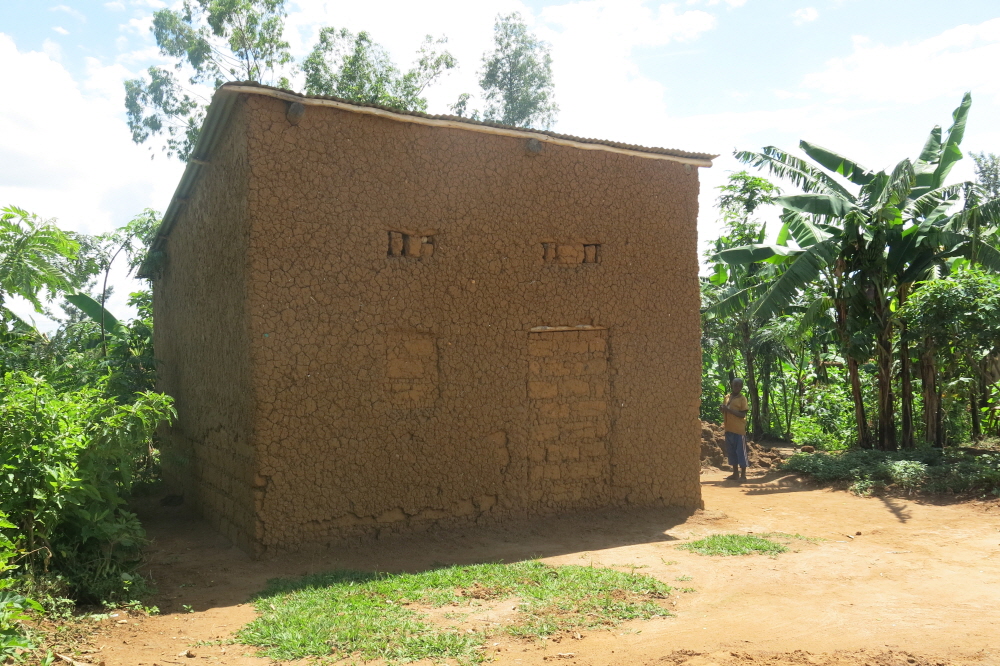
[ Front door and windows were all blocked ]

[ Dark inside ]
Mud house which is very vulnerable to weather
Rwanda people usually use sand to build a house, which makes a house vulnerable to weather. Mud-walls often fall down in rainy season and strong sunlight often makes a crack on the wall, which requires regular repair. However, since most of the returnees*hardly make a living, they can’t feel free to repair their house and just live with a fear that their house might collapse at any time.

[ Collapsed mud house ]
Returnees*
Rwanda people who left their home country during the Rwandan genocide (In 1994, 800,000 people were massacred due to the tribal war between the Hutus and Tutsi) returned from Tanzania, Uganda, Burundi and Congo. Most of them are suffering from extreme poverty since they have no foundation for living such as land or house after spending a too long time as refugees in other countries.
Repaired a house of a “returnee” who was living in a poor house condition
HUMAN IN LOVE Rwandan Branch has been repairing returnees’ houses every year. We repair houses without going against local living environments and causing conflict or discrimination based on the condition that local residents and families are involved in repairing processes. This year, we decided to repair houses for women who make a living and take care of their children. We interviewed and chose three families living in “Rusagara Maranyundo“, Nyamata where many returnees are living in community.
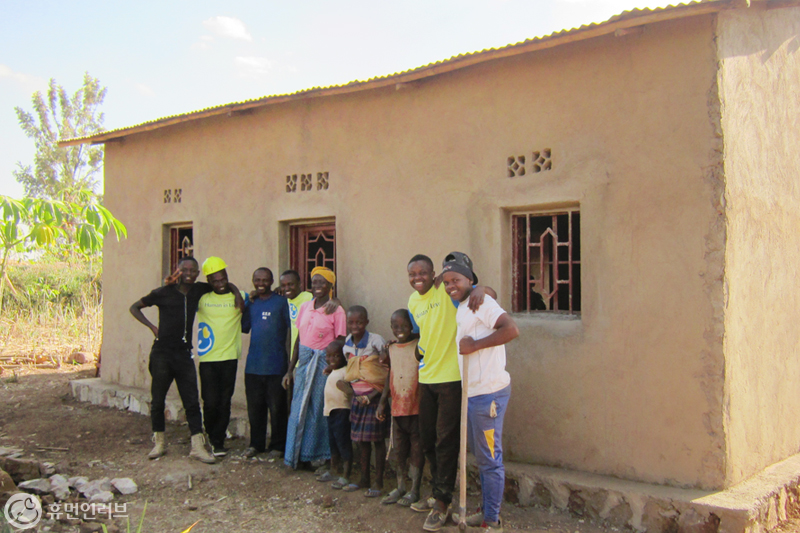
A story about repairing three women’s houses, please read more in next news!
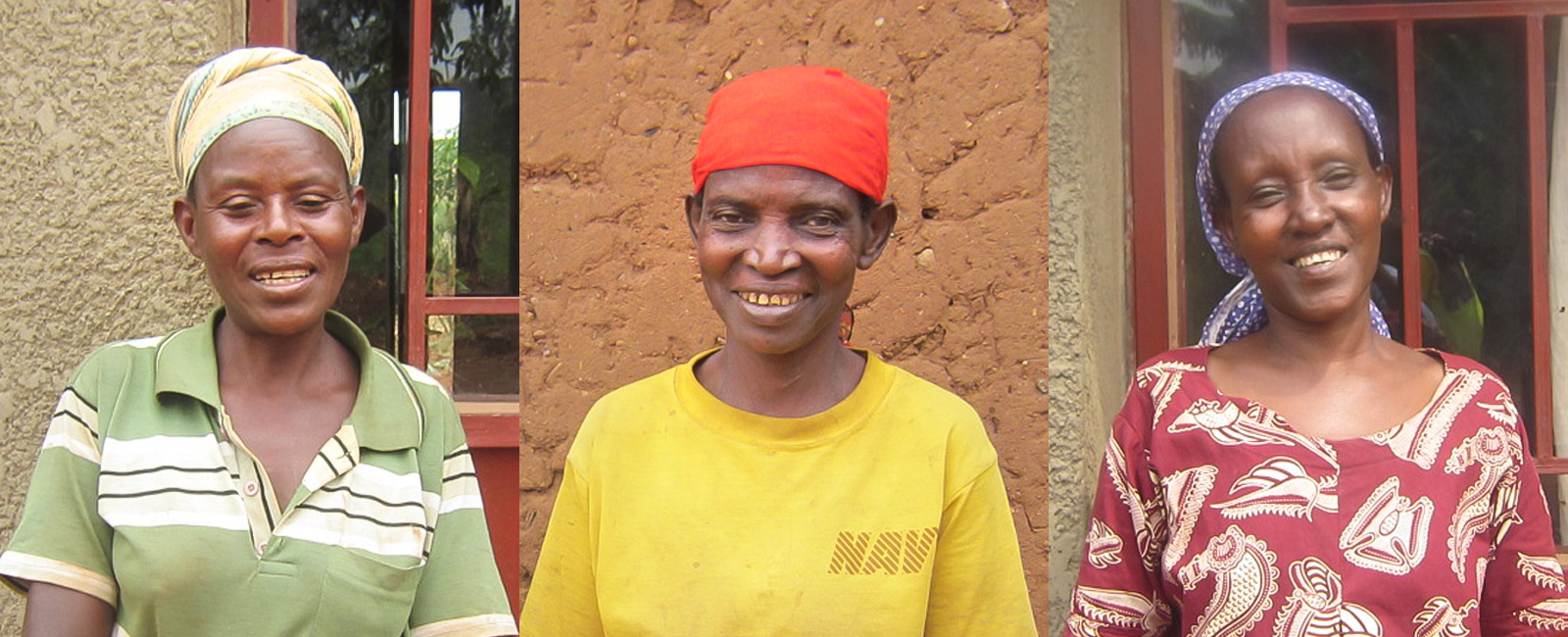
STOP WAR!
As we can see from Rwanda’s case, a war gives life-long pain, poverty and misery and steals the future. Even now in Ukraine and Myanmar, civilians are being massacred which is hard to believe in this 21st century. We hope to see the world without a war.


